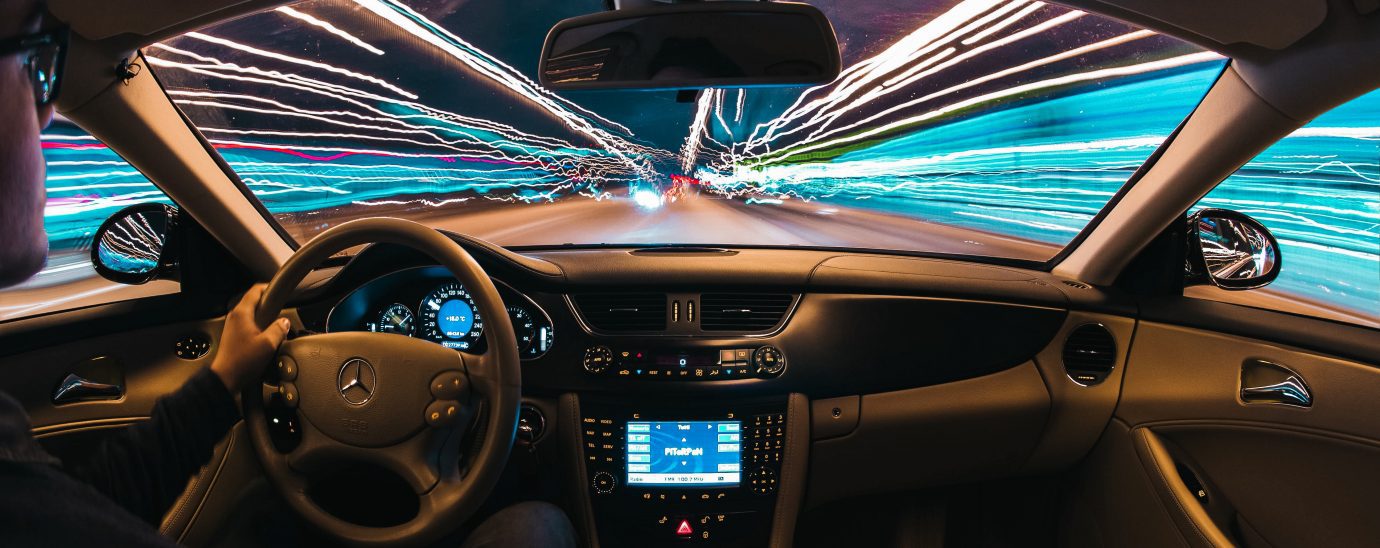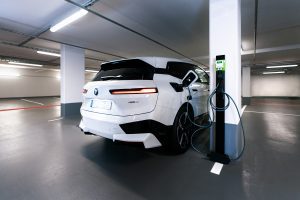Changing lanes: connected cars shift up a gear for data ‘driven’ comfort

Alessandro Chimera, Director of Digitalisation Strategy, TIBCO, looks at data competence, connectivity and capability in relation to connected cars.
Smart automobiles need to get a whole lot smarter. The standards for modern in-car software before the millennium used to gravitate around the so-called On Board Diagnostics (OBD) ports. Through their version 1 and 2 iterations, OBDs were essentially installed for diagnostics purposes, but could also be used (in some cases) to update the car’s central software systems, as they were, back in the day.
Drivers used to take their cars to a service centre and have engineers plug a cable in the OBDs SCART-like pins… and the rest was history.
Today we’re looking to an immediate future where connected cars are not just autonomous, they are also web-connected and pretty much always-on in terms of updates, augmentations and enhancements.
Where we go next is a factor of data competence, connectivity and capability.
Digital cockpits
As the new era of electric autonomous intelligent vehicles rolls off the production line, a new level of connected competency must be brought to bear. Developers and manufacturers of new-age digital cockpits and personalized connected services will need to compete on a global market; they will need to evidence clear benefits in terms of safety, cost savings and environmental awareness.

To achieve this, connected car specialists will need to promote automated and autonomous driving and mobility services by integrating new architectures, features, functions, technologies, applications, services and partners across enterprise and industry borders seamlessly.
This is a journey where physical bumps in the road are fairly navigable, but where technology bumps can manifest themselves as bug-ridden software and pothole-ridden data streams that fail to get us from A to Z the way we want to.
Before we go, have we got a map?
Like any journey, it’s really important to make sure we have a map before we start. Okay yes, it’s an in-car GPS these days, but we still need to know our intended destination.
In terms of data, there will be a key data consolidation and integration requirement to execute and manage. Software systems from different countries run to different standards with different latency, fault tolerance and backup capabilities that will not all magically slot together overnight. Our cars will be electric with one-click auto-start buttons, but the same can not necessarily be said of the underpinning data layer that will help us travel.
The task ahead of us will require cloud-native, flexible and scalable platforms for application development and integration. This will be characterized by welcoming the advantages that come with building upon Infrastructure as Code, low-code/no-code tools and case management to ensure we control, coalesce and corral the data streams that will form the superhighways of tomorrow.
Data visualization and classic rock
We will also need self-service analytics for enhanced visualization and application of data science and data management.
Why? Because software engineers will drive the lower level substrate of the new data-driven automotive platforms in the first instance, but we will still need garages, wheels and mechanics.
Most modern garages have a surprisingly advanced approach to in-car technology already and – although we will use more automation and robots going forward – there will still be grease, there will still be spanners and there will still be a fair few oil-soaked radios in the corner playing classic rock stations.
So where will all this lead us? Perhaps we first need to remind ourselves that today’s in-car infotainment and navigation systems can be more reasonably likened to your smartphone than anything resembling the push and click radios of yesteryear. New apps can be installed, new services activated and new users (drivers) can be added to the automobile’s ‘known’ set of preferences.
That’s a lot of data as every action we take outside of turning the steering wheel and applying the brakes, initiates some connected services inside the car.
Ensuring insurance for gamified driving
For the record, given the driver diagnostics applications of tomorrow, turning the steering wheel and applying the brakes will also create recorded data streams. The insurance companies of tomorrow (and by tomorrow, I mean this year or next) are already keen to gamify (or shall we say incentivize) safer, less aggressive and cleaner driving methods for those who are happy to have their data tracked.
All this data needs to be controlled for obvious security reasons. But how can automakers manage hundreds of multiple systems, multiple applications and services over years without corrupting existing infotainment systems? Since today’s automaker revenues are also coming from service activations as a recurrent or fixed fee, customers need to be offered new services that work with their system too.
We also know that AI-based applications, 5G real-time applications, e-commerce opportunities, remote vehicle control and all updated over-the-air application and data services are on the way. Automotive firms will need to think about cloud-based integrations at the platform level to create innovative services with a reduced time-to-market.
With the chance to provide drivers with up-sell and cross-sell application services, automobile companies need to understand that they have to become data companies. They need to be able to work with a streaming platform capable of processing real-time generated events from drivers and vehicles, execute AI models on streaming data, anticipate actions for predictive maintenance of the vehicle, identify timely opportunities, maintain and deploy the right updates for hundreds of models.
A hyperconnected superhighway
We live in a hyperconnected world, so does our vehicle… and it’s a hyperconnected superhighway too. Connected cars provide a unique customer experience, but don’t underestimate the cost and revenue benefits to suppliers, dealers, insurers, tech players, OEMs and more.
Most of the players in this market have overlooked opportunities to monetize data from these vehicles. Just consider for a moment how other companies are generating value from data. The automotive landscape – from sales, to servicing to after-sales – must be ready to pursue new opportunities and access this potential market of data-based services.
The road of the future is still laid down on a good base layer, some concrete and a comfortable covering of tarmac, but it now forms a part of a data fabric that starts with the curb and moves upwards to the automobile and the driver’s internal and external connected services.
This reality drives (no pun intended) the need for platform-level data streaming capabilities that can process real-time generated events from vehicles, execute AI models on streaming data, anticipate actions for predictive maintenance of the vehicle and identify other timely opportunities.
READ MORE:
- Surge in online scams: 5 car insurance online scams to look out for
- UK Gov announces £91mn funding for low carbon auto tech
- Self-driving cars could be on UK roads before the end of 2021
- Vimcar saves SMEs 141 years in time!
At the next roundabout, please turn your radio up, turn your smartphone QR code scanner towards the self-driving vehicle’s digital cockpit, turn your driver-side sunshade down and turn off any ideas about worrying where you’re going… the data is at the wheel.
For more news from Top Business Tech, don’t forget to subscribe to our daily bulletin!